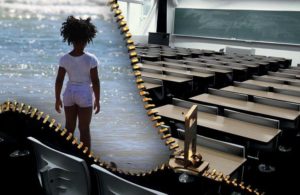
It is a well-established fact that practical learning methods are far more effective in imparting education than the conventional learning methods.
Top centres for physics Tuition in Singapore will use the method of combining experiments with subject topics as this helps to provide solid experiences to students, stimulating their active, visual and sensory reflexes.
In our classes, such experimental methods are used to motivate students and make them excel not only in physics but in their general learning process too. Here are the top 5 experimental methods that would induce learning in class:
1. Demonstrative Experiments
Demonstrations have been in use for a long time in science classrooms, especially at the primary level. Thou such demonstration helps in providing a basic knowledge of the subject, one key disadvantage here is that students remain passive as spectators only. A more comprehensive demonstration would be followed with cooperative discussion to turn the passive nature of the experiment into an interactive one with games that induces learning.
2. Thought Experiments (Dry Lab)
This is a process where instead of the actual lab experiments, students are required to use imagination along with what they read and hear, on mental models to understand the concept and use them intuitively. This gives students the opportunity to observe things, imagine and reflect on the experiences they gain through the process.
3. Simple Classroom Experiments
To enhance the demonstration and thought experiments, providing a solid hands-on experience on a subject will provide an interesting lesson for students as they get to see the actual concept. Experiment kits can be used for showing the idea as students can connect readily with the concept and grasp the details more quickly.
4. Combined Lecture and Experiments
This method uses a combination of experiments, lecture, and problem-solving skills. It optimizes and combines the key advantages of the above-mentioned experiments. However, the time factor is a significant disadvantage here and so is the space consideration. But it gives a better ground for development, inducing ideas and broader application of the concepts. A mix of mini-lectures, discussion, problem-solving and experiments can be used to give the student an easy and impactful learning of the concept.
5. Field experiments
If the situation allows it, using field experiments in a natural setting is another way to induce learning. By noticing their environment, students can recognize the important aspects of what they see and connect it to the available subject information in a relevant way.
A combination of all the above methods can be used to give students a firsthand and impactful knowledge on the subject matter. Learning JC Physics tuition can be done in an enjoyable and more meaningful way enabling students to succeed outstandingly.
